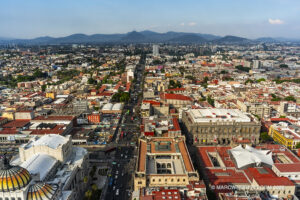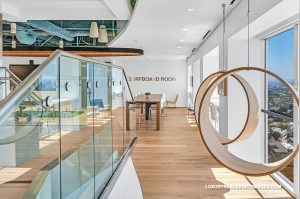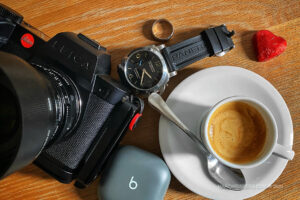[Typ 601] The Leica Gateway Drug
LEICA SL2-S LONG TERM REVIEW: After seven years of using my mirrorless Sony system, I was ready for a different kit for travel. I wanted a camera with a soul. A simplified, elegant photography tool with a minimal menu system. If you’ve ever photographed with a Sony, Canon, or Nikon system, you know how convoluted and deeply complex their menu systems are. My gateway drug (four years ago) was a Leica Typ 601. I’d wanted a Leica for over a decade, and wasn’t sold on the idea of a rangefinder…that is not until lately, but more on that later. The Typ 601 is a solid piece of gear with a beautiful minimalist design aesthetic. As soon as I put the EVF up to my eye I was blown away by its clarity. I loved the rectangular four-button layout that flanked the large LCD on the back of the camera. In true minimalist form, the back buttons had no nomenclature. The Typ 601’s [Leica’s first mirrorless camera body,] menus were simple….just six pages, not thirty-five pages like the Sony, Canon, and Nikon. The Typ 601 served me well. It traveled with me to NYC, throughout California, and Oregon on multi-week road trips, and in Europe to Berlin & Prague. It didn’t excel in low light and had no IBIS. And it was a pure joy to hold and create images with.

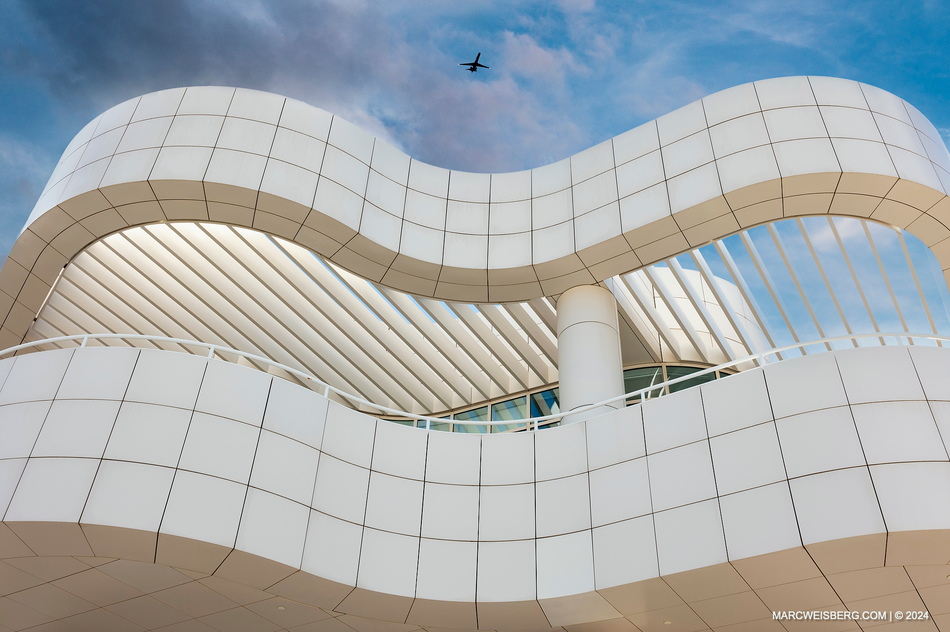
“I’ve traveled extensively with my SL2-S kit for the past three years, taking over ten-thousand images with it both for personal and professional use.”
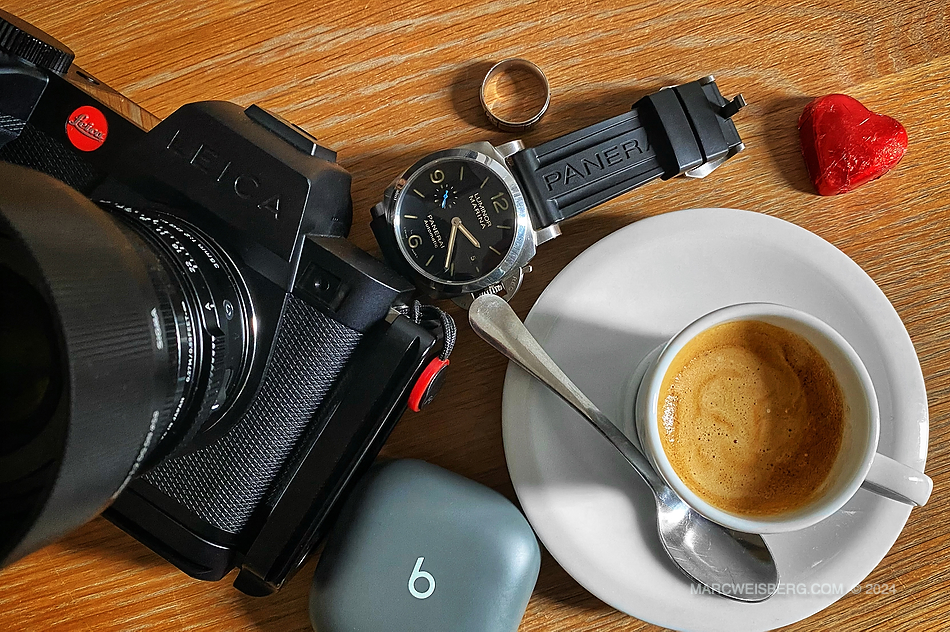
“Everything Leica makes is expensive. Some might even say Leica’s pricing is ridiculous.”
There is nothing rational about owning a Leica, it transcends any calculated decision. Everything Leica makes is expensive. Some might even say Leica’s pricing is ridiculous. Leica has been producing and perfecting optics and cameras for decades. Purchasing a Leica lens signifies joining a tradition of excellence. Owning Leica glass is investing in a heritage of unparalleled quality that lasts for generations. This is something I never understood until I had the opportunity to use Leica glass and Leica cameras. Here’s the thing: It’s a feeling I get when using the camera. It’s a pure joy to use. And the lenses I own have a unique rendering, a signature unlike any other professional-grade lenses I’ve ever owned from Canon or Sony. I also appreciate the fact that I can hit the streets or go on a road trip with a complete kit in a small shoulder bag: I have two bodies and three lenses, each lens fits in the palm of my hand and captures anything from portraits to landscapes.
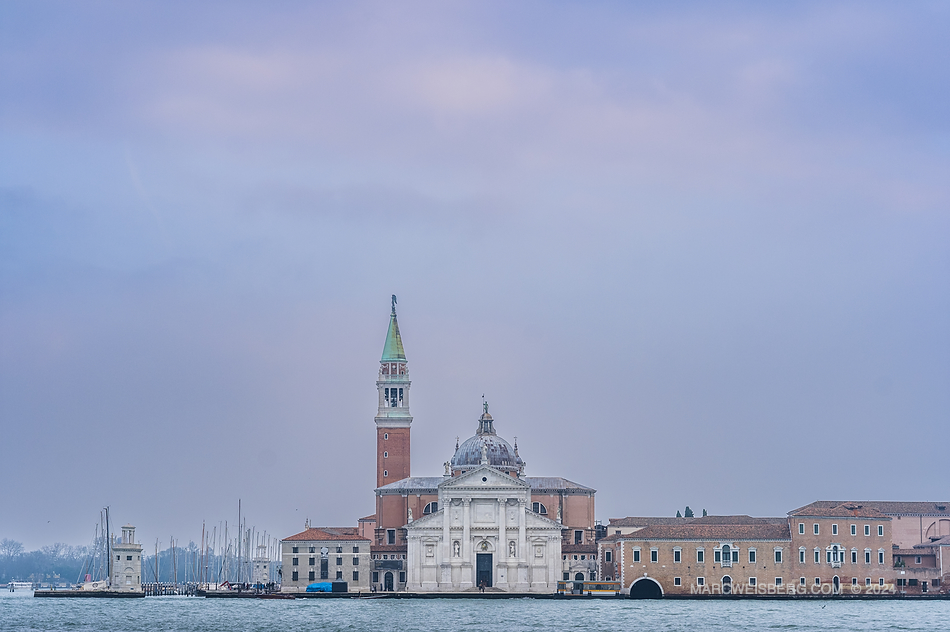
Making the switch to the SL2-S
” One of the things I love about my Lecia is how simple it is to use. There is zero need to go menu diving.”
A while after the Leica SL2-S came to market, I acquired two pre-owned Leica SL2-S bodies. The second-generation mirrorless Leica received notable upgrades, including a more robust battery life adding 100 shots, IBIS, and impressive high ISO capabilities. Bumping ISO from 50-50k in the Typ 601 to 100-100k in the SL2-S. This enabled me to capture photos effortlessly in extremely low light conditions, with the ability to comfortably shoot at a nearly noiseless 10,000 ISO and even push it higher if necessary. There were a few changes to the body style: Notably, there is a deeper hand grip, a new button layout on the back of the camera, and a pairing down of four buttons to three to the left of the LCD screen. Frames per second went from 11 to 25 frames per second. Finally, the EVF was improved from 4.4m-dots to 5.76m-dots. I’ve traveled and photographed extensively for the past three years with the SL2-S. I often take my Leica’s out for coffee, a glass of wine, or a beer and have explored the streets with them all day in Barcelona, Portugal, Paris, Venice-Italy, Oregon, Los Angeles, and Central and Coastal California. You may be wondering why I purchased two bodies. I’m slowly transitioning my professional work to the Leica system. For the past eight years, I’ve been photographing with a Sony system. I photograph lifestyle, portraits, architecture, interiors, food & wine, and travel photography. And I’ve used the SL2-S now for all these genres. It takes a bit of getting used to photographing with a new system, but I’m McLuvin it. As a travel kit, I’d recommend having at least three batteries. It just depends on how much you photograph. I’m out most travel days for six to seven hours walking and photographing. For me, the Leica SL2-S is the perfect all-round camera for travel and everyday use. Lenses that I use on the SL2-S. For autofocus lenses, I’m using Sigma: 2.0/35mm DG DN [soft for portraits when fully open to 2.0, but great for landscapes when stopped down], 1.4/35mm DG DN Art [excellent if needed for portraits wide open], 1.4/85mm DG DN Art and 2.8/70-200 DG DN OS Sport Lens. I’ve found that the Sigma 2.0/35mm is great stopped down to f/8 for travel photography. But is soft, wide open. On professional photoshoots, I’ll reach for the 1.4/35mm DG DN Art if I want to shoot wide open. And I have my sights set on the new Sigma 1.2/50mm DG DN Art in the future.
I use a combination of manual focusing Lecia M glass and Zeiss ZM glass: 1.4/35mm [some say this lens is as nice or nicer than the Leica 35mm Summilux,] 4.0/85mm [out of production]. Lecia glass: 1.4/50mm Summiliux [reviewing in the near future,] I tried this lens and instantly fell in love with it and had to purchase one. It’s a compact 50mm that is light weight, fits in the palm of your hand and has that classic Leica rendering. The Summilux lens is tack sharp wide open at f/1.4 with dreamy bokeh and beautiful fall-off All my M lenses are used with the Leica M-Adapter-L.
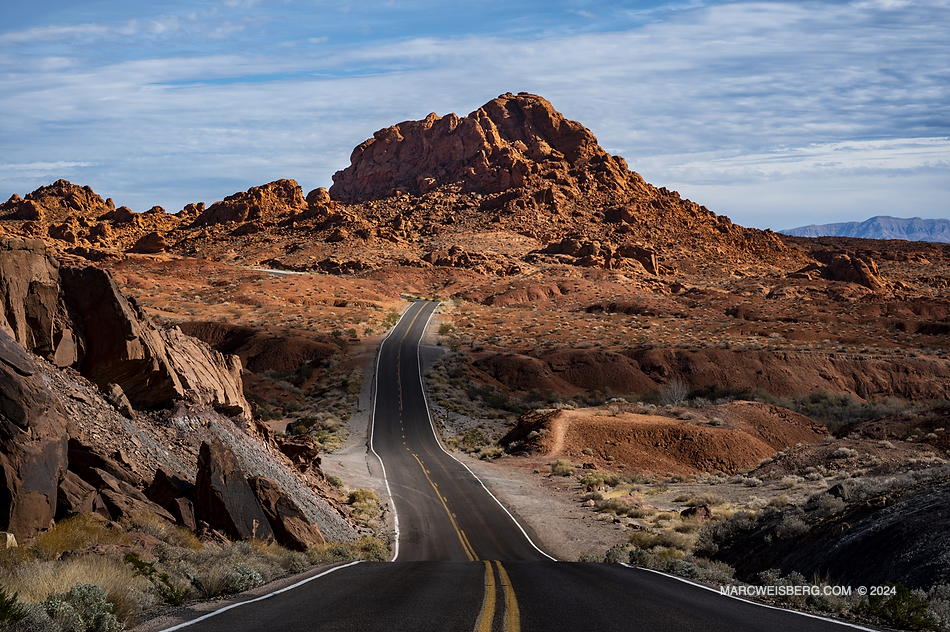
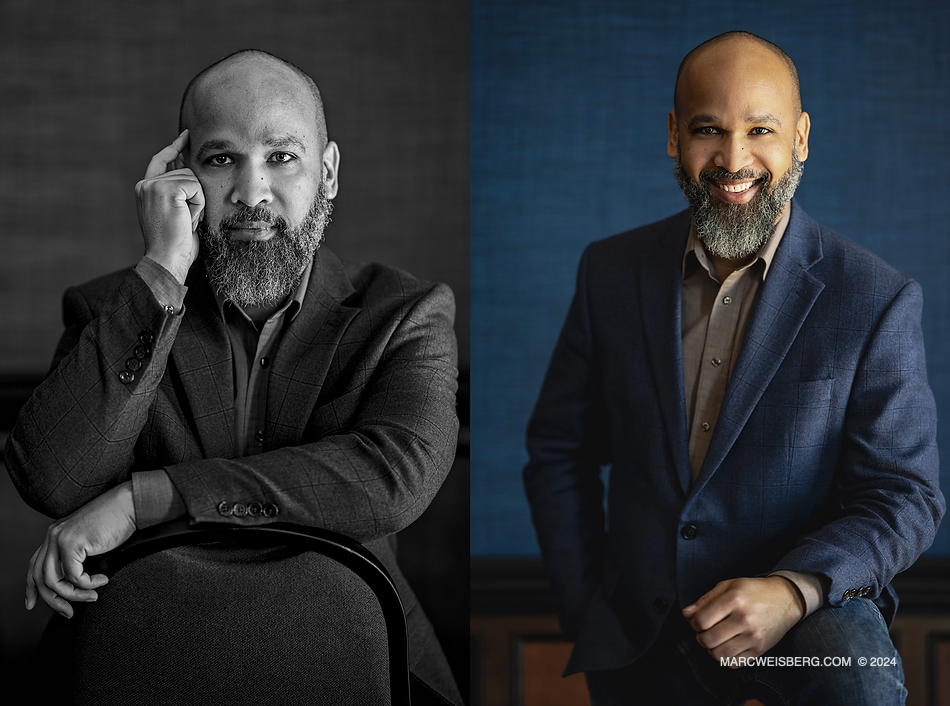
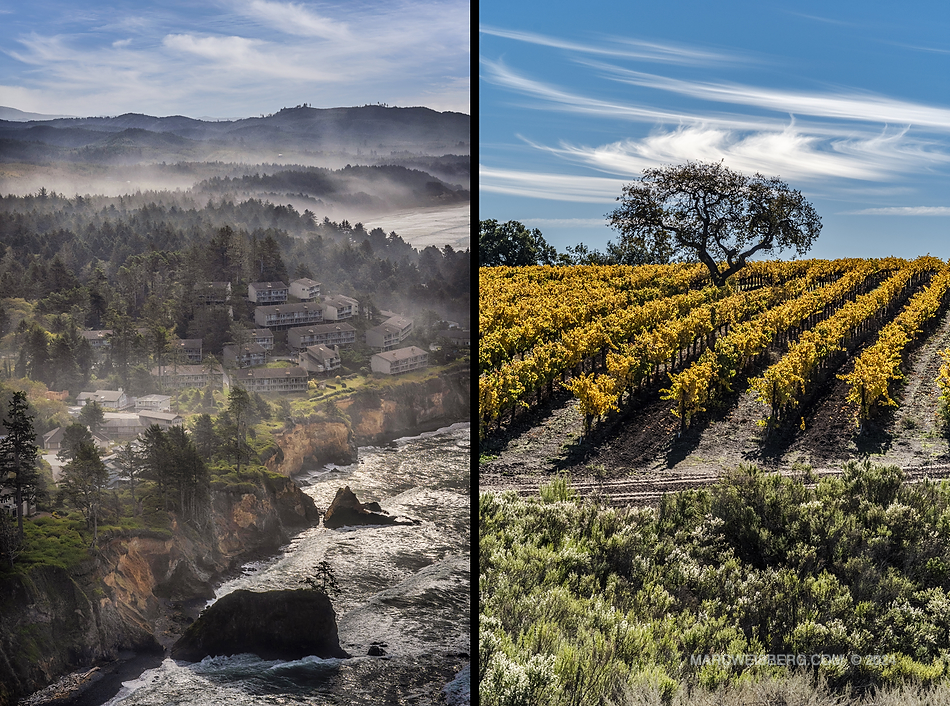
Why Do I Enjoy Photographing with the SL2-S?
As I mentioned earlier, Leica has a certain aesthetic. I never tire of the look and feel of the SL2-S body style, menu system, or the large LCD touchscreen. The touch screen allows me to change my ISO, from DGN to DGN plus JPEG, to bracket, or to shoot in multi-frame modes, change my metering, white balance, Bluetooth settings, and so much more. I don’t have to go menu diving if I need to switch settings on the camera. With the SL2-S, you can set six custom profiles. Based on the kind of shooting I’m doing, it saves me time, and it’s easy to change from my Portrait Profile to my Street Photography Profile, or my Studio Profile if I need to photograph with strobes and turn off the live view and use the mechanical shutter. The camera just performs and does exactly what I need it to do: produce gorgeous images for myself and my clients.
“Simplicity: That’s it. Lecia keeps everything simple. And it just works.”
Conclusion: The camera is heavy and built like a tank. It weighs in at two and a half pounds, compared to a M11 which weighs one pound, two ounces. In dim light—well, even in bright light, sometimes auto-focus fails to lock onto subjects. This is because the SL2–S uses contrast-detect autofocus and lacks phase-detect autofocus. That said, when using manual focusing lenses and zone-focusing, the SL2-S performs like a champ. The SL2-S is the best of German design and engineering. It’s produced to the highest standards. The materials used to make the SL2-S are both visually and tactically pleasing. All the buttons have a wonderful haptic feel to them. Leica embraces simplicity in design and a stripped down simplicity in its menu system. That’s it. Lecia keeps everything simple. And it just works. Another reason that the SL2-S is a joy to use, is its ability to adapt a myriad of lenses. Image quality, low light performance & dynamic range, 24 mp, is my sweet spot. and good enough to pull 60″ prints from the files, wonderful out-of-camera color, a solid built to last body (I can see using this for the next 10 years), eye-detect-autofocus, constant firmware updates, beautiful menus, touch-screen, two modes: one for photos and one for video. With the SL2-S, I don’t feel like I need another camera to upgrade to. Except for the fact that I’m currently lusting after a true rangefinder experience in the M11P.
The SL2-S is the epitome of German design and engineering, crafted with precision and care. Its thoughtful selection of materials not only looks great but feels great too, adding to the overall enjoyment of using it. Whether you’re switching lenses effortlessly or snapping photos with its 24 MP resolution, this camera hits all the right notes for capturing amazing shots. Plus, it excels in low-light situations, offers impressive dynamic range, and delivers beautiful colors straight out of the camera. Built to last, it’s a camera you can rely on for years to come. With it’s simplistic, minimal menus, it’s easy to use, whether you’re shooting photos or videos. And with two distinct modes for each task, it’s versatile enough to handle any situation. Simply put, the SL2-S has everything a photographer could ask for, making it the top choice for anyone serious about their craft.
Transparency: This blog post has affiliate links

